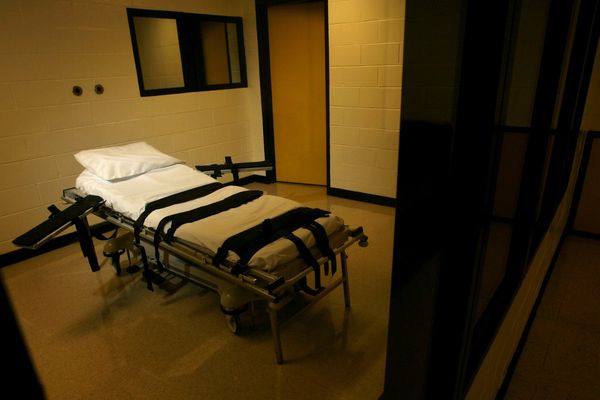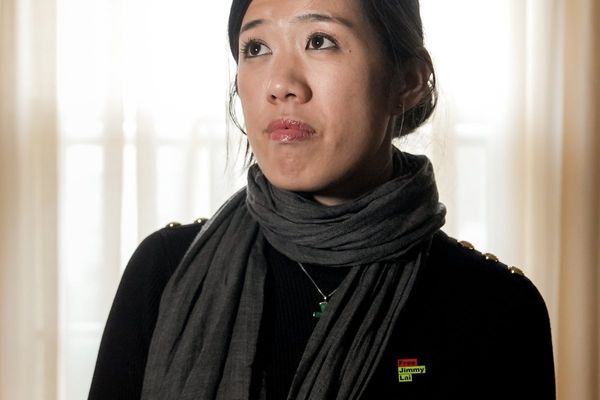
War zones, microplastics and light pollution are emerging threats to the world’s bee population, scientists have warned.
Bee experts have identified 12 new threats that could accelerate pollinator losses within the next decade.
Habitat loss, pesticides, climate change and invasive species have already caused severe decline in numbers, including the extinction of some bee species, the scientists said.
The report, named Emerging Threats and Opportunities for Conservation of Global Pollinators, found that wars such as Russia’s invasion of Ukraine have forced countries to grow fewer crop types, leaving pollinators without diverse food throughout the season.
Scientists from the University of Reading also found microplastic particles contaminating beehives across Europe. The researchers tested 315 honey bee colonies and found synthetic materials like PET plastic in most hives.
Artificial lights, such as street lamps, have also reduced flower visits by nocturnal pollinators by 62 per cent, and air pollution has been found to affect their survival, reproduction and growth, according to the authors.

Antibiotics have contaminated beehives and honey, affecting the behaviour of pollinators and reducing their foraging and visits to flowers. Pesticide “cocktails” have also been identified as an emerging threat by the group.
Professor Simon Potts, of The University of Reading and lead author of the report, said: “By acting early, we can reduce harm and help pollinators continue their important work in nature and food production. Various conservation opportunities already exist and more are emerging.
“This is not just a conservation issue. Pollinators are central to our food systems, climate resilience, and economic security. Protecting pollinators means protecting ourselves.”
The report also outlines various measures to protect the world’s bees. This includes stronger laws limiting antibiotic pollution, transitioning to electric vehicles to reduce air pollution and breeding crops with enhanced pollen and nectar.
The report’s co-author Dr Deepa Senapathi, also from the University of Reading, added: “It will take effort from everyone to address these threats. We need to maintain, manage and improve our natural habitats to create safe spaces for pollinators.
“Individual actions like providing food and nesting areas in our own back gardens can help in a big way. But policy changes and individual actions must work together so everything from gardens and farms to public spaces and wider landscapes can all become pollinator-friendly habitats.”







